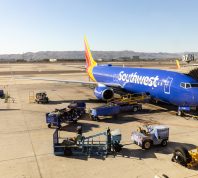10 Challenges Poor Students and Teachers Face
It turns out, education still isn't equal.
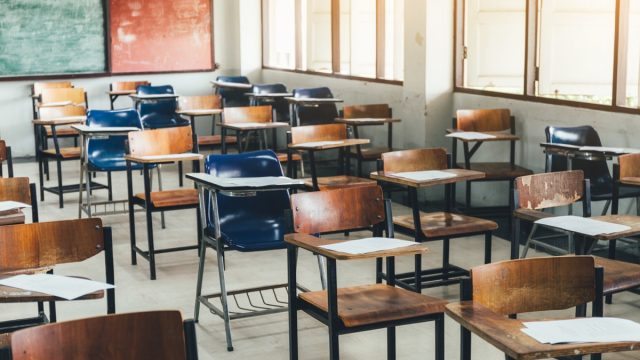
The back-to-school season is on the horizon, and 2019 is shaping up to be the most expensive one yet. The National Retail Federation (NRF) estimates that, in 2019, families with children in elementary school through high school will spend a mind-blowing average of $696.70 on school supplies—the highest number ever recorded in NRF history.
Obviously, not every American household has a spare $700 lying around to drop on crayons and glue sticks. In fact, approximately 1 in 5 U.S. children currently live in poverty, according to Communities in Schools, an organization that works to support America's most vulnerable students. That means 1 in 5 children live in a home where the annual income is under $25,750, according to the 2019 federal poverty guidelines. To put it bluntly: There isn't any room in these households' budgets for new notebooks and dry erase markers, much less the fees for a field trip or even a daily lunch from the school cafeteria.
Unfortunately, that brief list doesn't even begin to scratch the surface of all the challenges that people who are experiencing poverty face when it comes to education—and that goes for both low-income students and teachers. Here are some of the major obstacles low-income Americans face in the classroom, whether they're behind the teacher's desk—or in front of it.
1
It's difficult to afford school supplies.

From items that immediately come to mind (pencils, paper, binders) to those that are less obvious yet no less crucial (tissues, hand sanitizer), the back-to-school season calls for a whole lot of shopping. Between charitable organizations' school supply giveaways and education-focused crowdfunding sites, low-income students and teachers can sometimes manage to scrape by and get the bare minimum amount of supplies. But crossing every item off the extensive list—which the nonprofit GreatSchools pegs at more than two dozen specific items for middle schoolers—can prove to be difficult.
What's more, overwhelmingly, teachers pitch in and dip into their own salaries to purchase supplies for the classroom. An incredible 94 percent of public school teachers reported spending some of their own money (without reimbursement) on school supplies during the 2014-2015 school year, according to data from the U.S. Department of Education. (For context, $479 was the mean amount of spending for all teachers who put any of their own money toward classroom supplies.) But of course, if the teacher who nobly shoulders the burden of purchasing supplies is struggling financially, too, then that puts everyone in a lose-lose situation.
2
Getting the recommended amount of sleep may prove impossible.
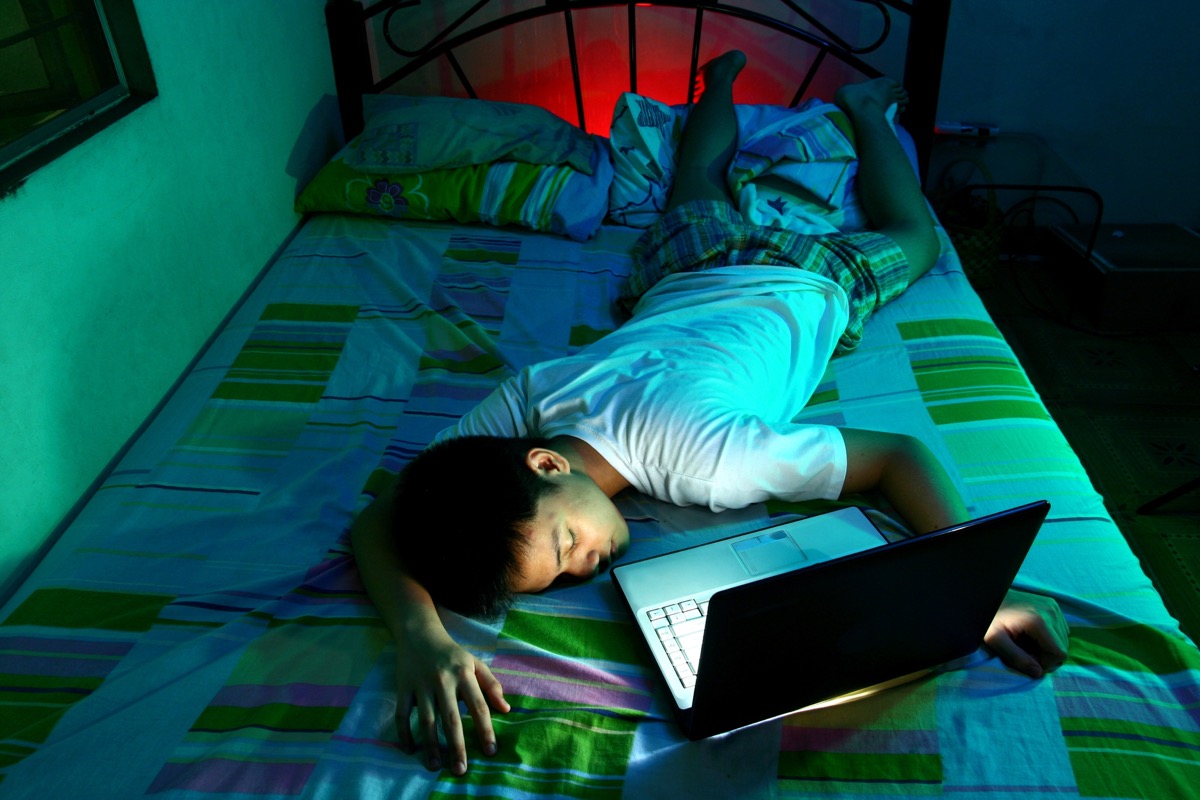
We all know it's important for schoolchildren to catch the recommended amount of shuteye—which the Centers for Disease Control and Prevention puts at 8 to 10 hours for teens and 9 to 12 hours for preteens. But when it comes to kids in poorer households, even the minimum recommended amount might not be an option. As the American Psychological Association reports, children from low-socioeconomic families experienced poor-quality sleep in terms of "shorter duration, poor quality, greater variability, and greater incidence of clinical sleep disorders."
Too often, students in these situations find themselves saddled with other jobs or responsibilities that detract from the time they can allot to getting enough sleep, whether they're working an evening shift, caring for younger siblings, preparing meals, or mediating emotional disputes at home. Likewise, some teachers might find themselves juggling another part-time job on top of teaching, all in an effort to make ends meet.
3
Bullying rates are higher.

We've all become much more aware of the rates of bullying among children, thanks to the proliferation of social media in recent years. Unfortunately, a trend that has continued to hold true since even before the advent of smartphones is the fact that children with lower socioeconomic statuses often experience higher rates of bullying. According to data from UNESCO, 2 out of 5 poor children experience bullying.
Further, data released in July 2019 by the U.S. Department of Education revealed that, when grouped by incomes, the highest percentage of students who reported that they were bullied at school were from households with an income between $7,500 and $14,999, at 26.6 percent. Comparatively, 19.8 percent of students from households with an income of $50,000 or higher reported experiencing bullying at school.
4
Eating every day might be a struggle.

The National School Lunch Program provides free and reduced-price school lunches for lower-income students at about 100,000 schools around the country. If a student is from a household with an income "at or below 130 percent of the poverty line," they qualify for free lunch. If that student is from a household between 130 and 185 percent, they qualify for reduced-price meals. Anything else—even at 186 percent—the government basically says, "Tough luck. Pay full price."
For those students on the cusp, eating lunch every day isn't a guarantee. Thanks to the efforts of nonprofits like No Kid Hungry and School Lunch Fairy, there's been some progress made toward ensuring every student can have food on their lunch tray. Still, collectively, the goal is a long, long way off.
5
Participating in extracurriculars can pose an insurmountable financial burden.

Like a broken record, school guidance counselors forever tout the benefit of having extracurriculars on your résumé. Even beyond how a well-rounded record of involvement might appear to a college admissions office or a future employer, one of the other major selling points of extracurriculars is that they're usually a lot of fun! However, the high costs associated with some of these activities can deter students from participating.
According to the C.S. Mott Children's Hospital National Poll on Children's Health, students from low-income households participate in extracurriculars at half the rate as students from higher-income backgrounds. The Mott Poll Report found that, nationally, school participation fees averaged $161 for sports, $86 for arts-related activities, and $46 for other clubs and extracurriculars.
Cost might also prevent low-income teachers from tagging along for group teacher outings, such as attending the occasional happy hour or going out for a meal during a professional development conference (even if the conference attendance cost is covered by the school district).
6
Students can get a late start to early childhood education.
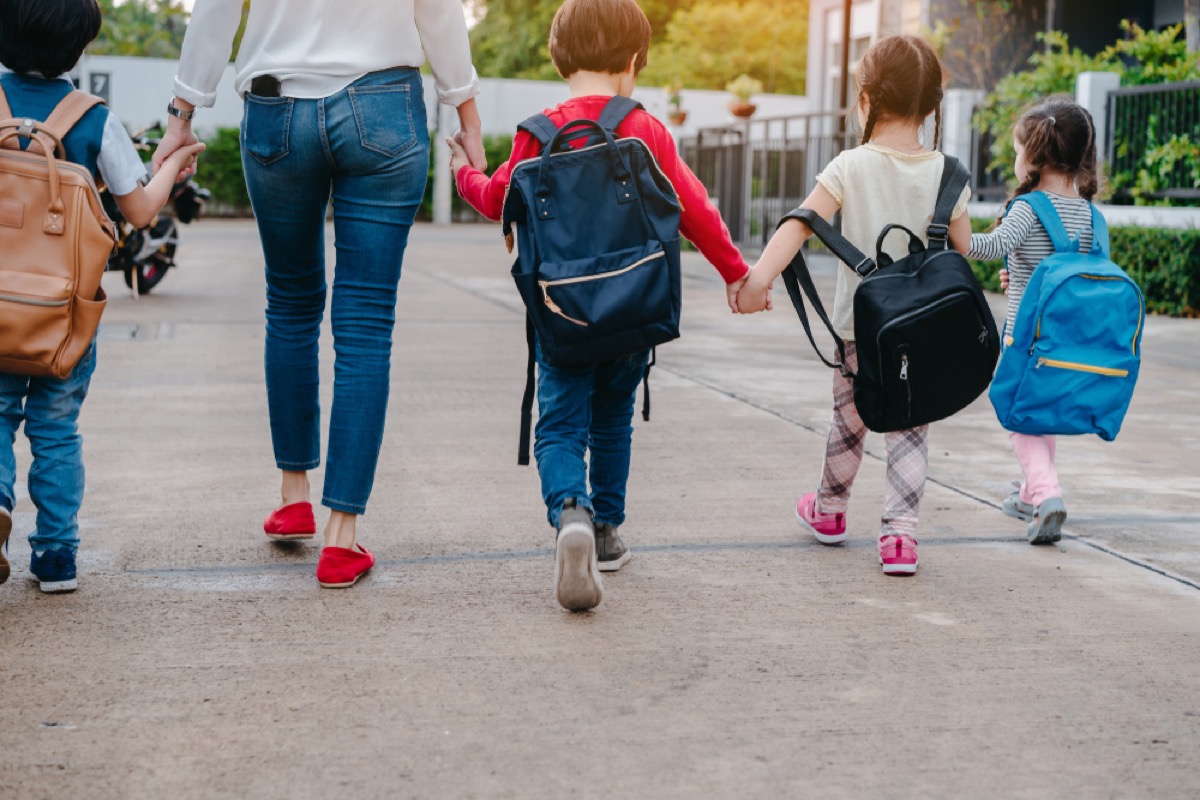
Sometimes, kids from poorer families can miss out on some of the basic development in their very early years that helps to set them on the path to success when they actually start school. As a 2015 U.S. Department of Education study found, only 41 percent of low-income students were enrolled in preschool, as opposed to 61 percent of affluent students. Further, even if they did attend some kind of preschool, African-American children and low-income children were the most likely groups to attend what the Department of Education termed as "low-quality" preschool programs.
So what does this mean for those kids' educational attainment? According to a 2014 study published in Early Childhood Research Quarterly, children from low-income families might not experience having a parent read to them at bedtime. And, as the nonprofit Reading Partners points out, without access to early childhood literacy, kids might not get the chance to sound out letters for themselves—a foundational building block for language mastery.
7
Classroom tech might be stuck in the 20th century.

While tablets, laptops, and all kinds of educational software are being implemented in classrooms across the country, some Americans simply can't afford that kind of technology. Teachers might not be able to afford to train themselves on how to integrate tech into lesson plans. Students (and their families) might not have computers at home to keep up. School districts might not be able to foot the bill of a mass technology distribution program. Whatever the situation—and, sometimes, it's a combination of all three—the high cost can prove to be an insurmountable barrier for incorporating technology into education.
What's more, The Edvocate, an organization devoted to education policy, points out that, even if students are provided with equipment—say, a personal laptop for schoolwork—not all students have access to the internet once they leave the building. In one Wisconsin school district The Edvocate surveyed, only 78 percent of the district's students in the low-income category had access to the internet outside of school.
8
Funding for field trips can be scarce.
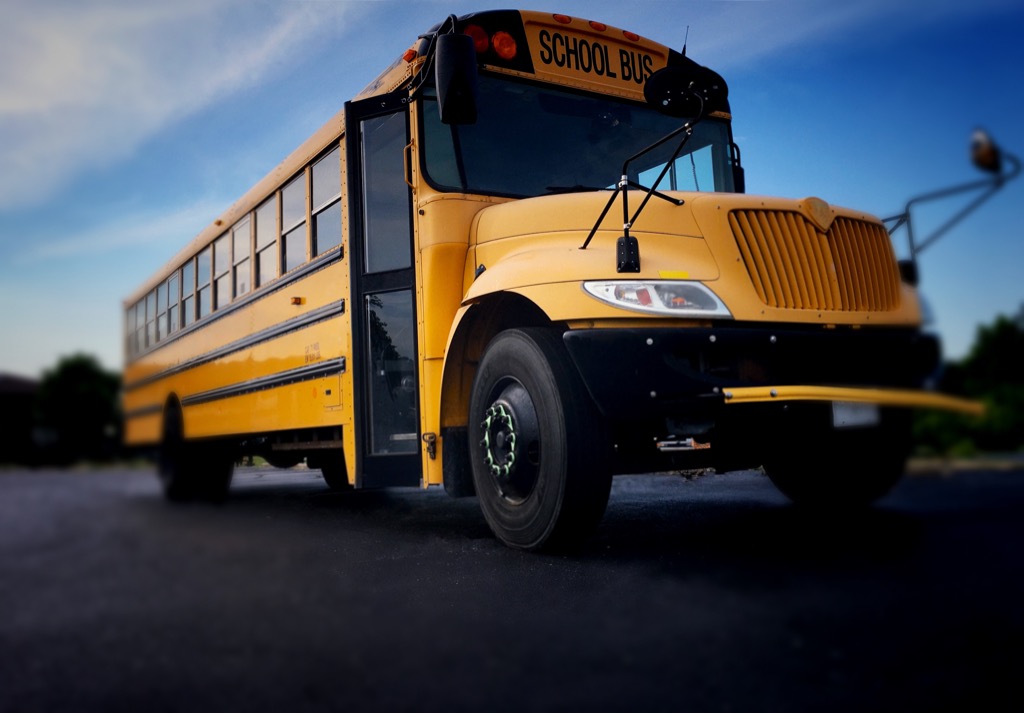
Usually, the most affluent school districts are the ones that can afford to take the most extravagant field trips. These are often funded by parents who take a vested interest in fundraising for the students to have immersive learning experiences. But, according to Chalkbeat, a nonprofit education news source, such fundraising can (and often does) exacerbate the disparities between the quality of education received at affluent versus low-income schools.
Of course, when school districts simply don't have funds available, places like the NEA Foundation offer grants that interested teachers can apply for. If accepted, they'll help fund the cost of field trips, from simple day trips to museums to extravagant excursions to places like NASA. Nevertheless, if a teacher is stretched thin between instruction time, parent-teacher conferences, getting caught up on grading papers, and lesson planning, it can be difficult for them to find the time to draft up a grant proposal.
9
Room and locker decorations are out of the question.

Think back to the days when you got your first locker in middle school. Did you put magnets or a small mirror inside, or even cover the sides with polka-dotted locker wallpaper to dress it up? Many of today's teens definitely are personalizing their lockers to the nth degree—websites like Target and Pottery Barn Teen have entire categories devoted to locker décor and accessories. But for low-income teens, these sorts of accoutrements are lavish and unaffordable. The same problem obviously extends to teachers who are expected to create warm, welcoming classrooms, yet are working with extremely low budgets that need to be allocated elsewhere.
But even beyond cutesy embellishments is the fact that some impoverished students can lack access to the most basic necessities, like a fresh change of clothes. In a February 2019 op-ed for USA Today, eighth grade math teacher Yoo Eun Kim detailed washing uniforms for the poorest students after realizing that a lack of clean clothing kept some of them from attending school.
10
Both students and teachers can experience high rates of turnover.

When it comes to low socioeconomic status at school, there are unfortunately two similar trends. The first is that teachers don't always stick it out. Citing a teacher survey by the U.S. Department of Education, the NYU Steinhardt School of Culture, Education, and Human Development reported in 2017 that nearly a quarter of new public school teachers completely leave the profession within their first three years of teaching. Similarly, in 2017, the Learning Policy Institute found that teacher turnover rates are 50 percent higher in Title I schools, which generally serve more low-income students.
At the same time, the students themselves are also frequently uprooted. The National Center for Children in Poverty explains that lower-income families move more frequently, with 17 percent of children between 6 and 11 years old in low-income families moving during 2015. This frequent cycle of moving forces students to have to abruptly stop and restart their studies, whether they're adjusting to a new living situation or even a new district's or new state's curriculum—not to mention dealing with the emotional challenges that can stem from moving to a new school and forming new relationships with peers and teachers. And for more on the state of American education, don't miss these 20 Shocking Confessions from Public School Teachers.
To discover more amazing secrets about living your best life, click here to follow us on Instagram!













